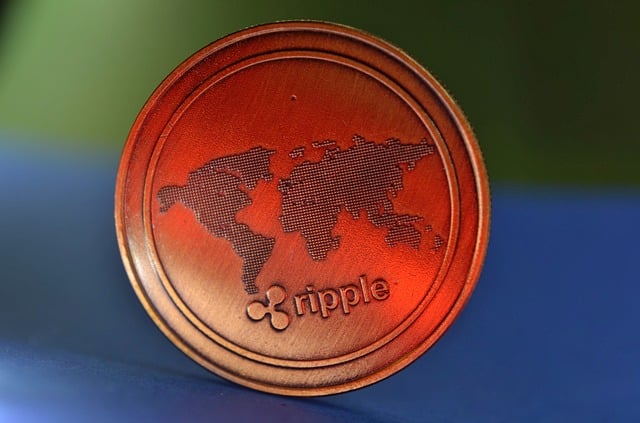
- XRP surpasses $1B open interest on CME in just three months, joining Bitcoin, Ethereum, and Solana.
- Fastest-ever CME contract to hit $1B, signaling massive institutional adoption.
- XRP and Solana lead ETF applications, highlighting their rising demand beyond BTC and ETH.
- ETF demand shows XRP’s real-world utility in payments and remittances is driving investor confidence.
- Regulatory clarity boosts XRP’s positioning for long-term inclusion in institutional portfolios.
XRP Surpasses $1B Open Interest on CME
XRP has officially entered the elite $1B club on the Chicago Mercantile Exchange (CME), with futures open interest crossing the billion-dollar mark in just three months since launch.
This milestone places Ripple alongside Bitcoin (BTC), Ethereum (ETH), and Solana (SOL), confirming its growing influence in institutional markets.
Unlike Bitcoin and Ethereum, which took years to attract consistent institutional participation, Ripple became the fastest CME contract ever to hit $1B open interest, underlining its accelerating adoption.
According to CME Group:
“Our SOL and XRP futures, along with ETH options, each crossed $1B in OI, with Ripple being the fastest-ever contract to do so, hitting the mark in just over 3 months.”
This signals stronger speculation, hedging, and liquidity—key indicators of deepening market confidence in XRP’s long-term role in global finance and payments.
Institutional Appetite for XRP ETFs Surges
Beyond futures, institutional demand for XRP-backed ETFs is gaining momentum. According to Kaiko Research, XRP and Solana are among the most liquid cryptocurrencies, with XRP leading ETF-related applications.
Market analyst SMQKE notes that the market is underestimating institutional appetite for XRP ETFs. While Bitcoin and Ethereum dominate existing ETF offerings, XRP’s unique utility in cross-border settlements positions it as a top contender for future regulatory approvals.
ETFs offer traditional investors exposure to crypto without custody risks, bridging traditional finance (TradFi) with blockchain innovation. For XRP, this could mean a significant wave of long-term institutional inflows.
Why XRP Stands Out
Unlike many cryptocurrencies, XRP’s real-world use case in remittances and payments strengthens its appeal to financial institutions.
Also Read: Can XRP Price Reach $4 by October Despite Regulatory Hurdles?
With growing regulatory clarity in several jurisdictions, Ripple is moving from being a speculative asset to an institutionally recognized investment vehicle.
This makes its strong ETF demand not only a speculative bet but a sign of confidence in XRP’s practical role in finance.
XRP’s rapid entry into the CME $1B club and its dominance in ETF applications underscore a pivotal moment for the digital asset.
As institutional investors increasingly recognize XRP’s liquidity, utility, and regulatory progress, the token is poised to capture unprecedented institutional capital inflows.
With Solana joining the ETF race alongside Ripple , the landscape is shifting beyond Bitcoin and Ethereum, opening the door for greater diversification in crypto ETFs.




